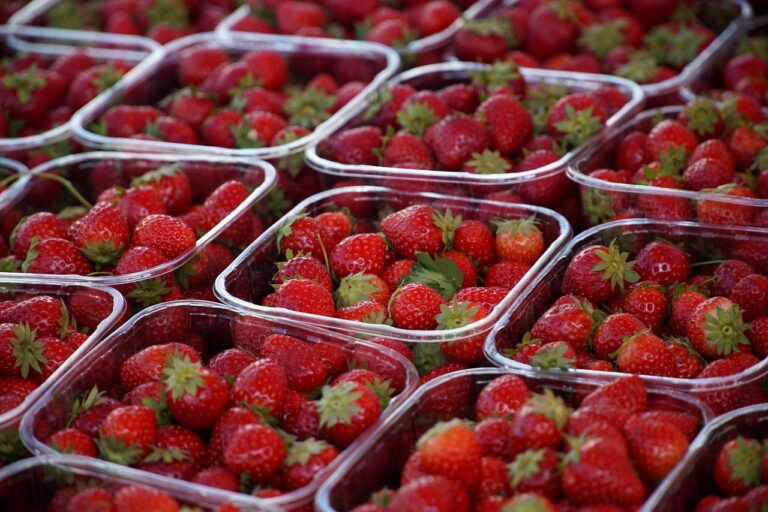Sustainable Coffee Production: From Bean to Cup
Coffee cultivation has a rich history that dates back centuries. Legend has it that coffee was first discovered in Ethiopia by a goat herder named Kaldi. According to the story, Kaldi noticed his goats became more energetic after eating the berries from a certain plant. Intrigued, he tried the berries himself and experienced a similar burst of energy, leading to the birth of the coffee trade.
From its origins in Ethiopia, coffee cultivation spread to the Arabian Peninsula, where it gained popularity in the Islamic world. By the 15th century, coffeehouses, known as qahveh khaneh, had become social hubs in cities like Cairo, Istanbul, and Mecca. It wasn’t until the 17th century that coffee made its way to Europe, where it sparked a coffee craze that would eventually spread across the globe.
Growing Coffee Beans: Types of Coffee Plants
There are two main types of coffee plants that are widely cultivated for their beans: Coffea arabica and Coffea canephora, more commonly known as Arabica and Robusta, respectively. Arabica plants are considered to produce higher-quality beans with a smoother flavor profile, often featuring floral and fruity notes. They are also more sensitive to environmental conditions and require higher altitudes to thrive, making them more challenging to grow.
On the other hand, Robusta plants are known for their resilience and ability to grow in lower altitudes, yielding beans with a stronger, more bitter taste. Robusta beans contain higher caffeine content compared to Arabica beans and are commonly used in instant coffee and espresso blends for their bold flavor profile. Understanding the differences between Arabica and Robusta plants is crucial for coffee farmers when selecting the best variety to cultivate based on their desired flavor profile and growing conditions.
Harvesting and Processing Coffee Cherries
Harvesting coffee cherries is a delicate process that requires precision and care. Farmers typically handpick the ripe cherries from the trees to ensure only the highest quality beans are collected. This manual selection process is important in promoting uniform ripeness and flavor characteristics in the final product.
After the cherries are harvested, they undergo a meticulous processing method to extract the coffee beans. There are two main processing techniques commonly used: dry processing and wet processing. Dry processing involves laying the cherries out in the sun to dry, while wet processing includes fermenting the cherries in water to remove the bean from the pulp. Each method imparts distinct flavors and qualities to the coffee beans, contributing to the diverse range of coffee profiles available to consumers.
Harvesting coffee cherries is a delicate process that requires precision and care.
Farmers handpick the ripe cherries from the trees to ensure high quality beans are collected.
Manual selection promotes uniform ripeness and flavor characteristics in the final product.
After harvesting, cherries undergo meticulous processing to extract coffee beans.
Two main processing techniques: dry processing and wet processing.
Dry processing involves sun-drying cherries, while wet processing includes fermenting in water to remove pulp.
These methods impart distinct flavors and qualities to the beans, offering consumers a diverse range of coffee profiles.
What is the history of coffee cultivation?
Coffee cultivation dates back to the 15th century, with origins in Ethiopia. It quickly spread to the Arabian Peninsula and eventually reached Europe and the Americas.
What are the different types of coffee plants used for growing coffee beans?
There are two main types of coffee plants used for growing coffee beans: Arabica and Robusta. Arabica beans are known for their smooth flavor, while Robusta beans are stronger and more bitter.
How are coffee cherries harvested and processed?
Coffee cherries are typically harvested by hand when they are ripe. The cherries are then processed using either the dry or wet method. In the dry method, the cherries are laid out in the sun to dry, while in the wet method, the cherries are pulped and fermented before drying.
How long does it take for coffee cherries to be processed and ready for consumption?
The processing of coffee cherries can take anywhere from a few days to a few weeks, depending on the method used. Once the cherries are dried and processed, they are ready to be roasted and brewed into coffee.







